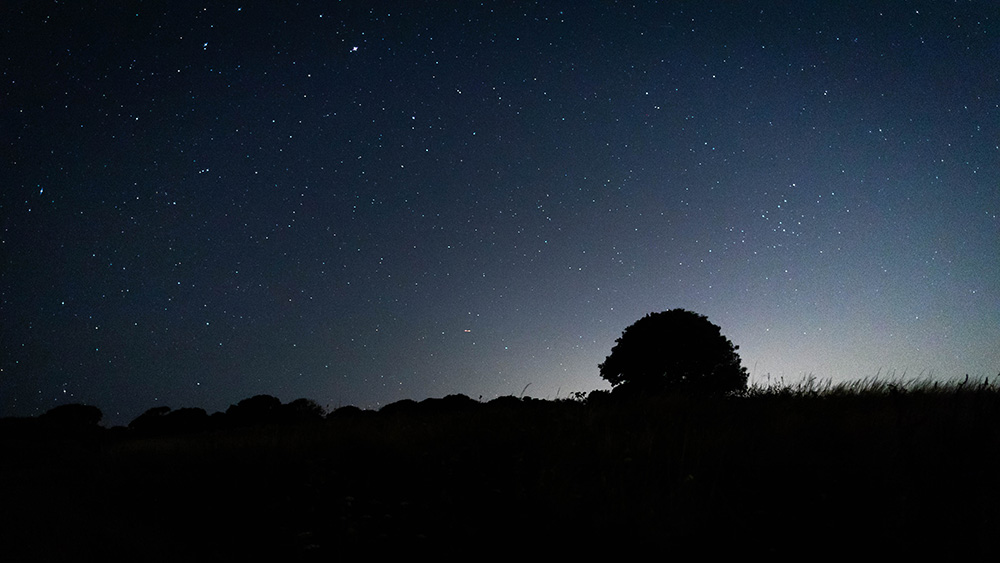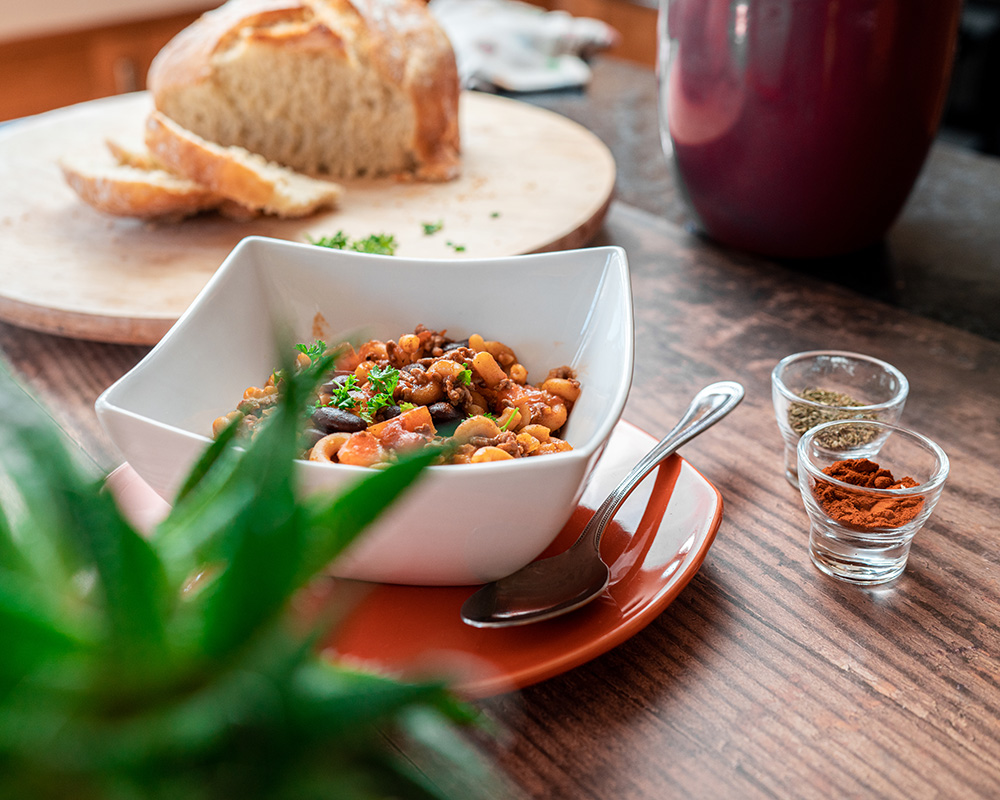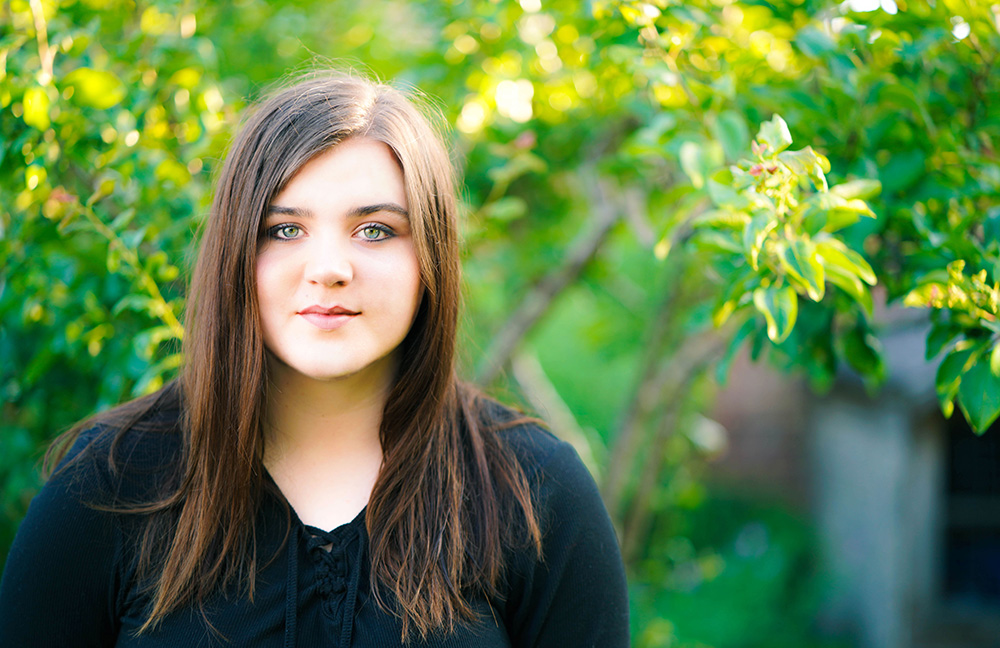- Call us: 01444 237070
- Contact Us
- Stores
- Sign In / Register
-
- Back
- Used Cameras
- Used Accessories
- Used Lenses
- Used Video
- Used Film Equipment
- Used Stock Alert
- Used Blank Test
- Sell or Part Exchange
- Used Clearance
- Recently Added Used Equipment
- Park Picks
- All Used Black Friday Deals
- Faulty
- Trade-In
- Blog
- New in
- Call us
- Contact us
- Stores
- Sign in
- Categories
- Tips & Inspiration
- Reviews
- News
- Events
- Features
- Buying Guides
- Competitions
Learning From Past Photography Mistakes
Self-critique is an incredibly important element to growing as a photographer. While tips and tutorials give pointers on how to execute new techniques and diversify your range of creative tools, there is no form of learning more tailor-made than analysing your old photos.
It’s difficult to remove bias from your critique – friends and family are likely to be over polite when providing feedback, and fellow photographers often hesitate to provide criticism, or go the opposite way and provide harsh comments that don’t help you improve. Therefore, if you want to purify your reflection process, you’ll have to do it yourself.
However, it’s difficult to look through all your photos with a fine-tooth comb, especially as you have your own biases towards your work. In addition, there’s a lot of contemplation involved to truly reap the benefits of self-critique. Today, we’ll discuss why learning from past photography mistakes is one of the most important aspects of your routine as a photographer, and explore ways to help you implement this.
Over on YouTube, Gareth talks us through some of his old photos, describes what he would have done differently, and explains what he’s learnt from them on this episode of Tutorial Tuesday…
Learning From Past Photography Mistakes (Critiquing Old Photos) Video
Why is self-critique important?
One of the main selling points for self-critique is that it reinforces technical knowledge. By taking a microscopic look at what you did right or wrong, you can identify what makes a good photo and apply this knowledge to future shoots. If you can recognise the features and techniques that make a photo from your catalogue impressive, the likelihood of you producing an even more impressive shot skyrockets.
Looking at old photos with a fresh set of eyes impacts an image loads. Even if it’s just looking at a photo a day later, you see it in a whole new light.
Self-critique also provides a surprising confidence boost. If you can recognise that your work is honestly good, it’s encouraging. Furthermore, you’re more likely to defend your creative choices if they stand the test of time.

Canon EOS-1D X Mark II + EF 35mm f/2 at 2 sec; f/2.0; ISO 3200
This photo is an early experiment in astrophotography – while the composition is a little strange and slightly lacks visual interest, it’s an important demonstration that old photos are the foundation to better photos down the line. Despite a little bit of streaking here and there, the technicals are pretty much down.
You’ll also become much better at providing constructive criticism to others. Giving others sound advice on what makes a good photo adheres to the Feynman Technique of learning through teaching – explaining a complicated concept simply to someone else allows you to understand the true essence of a subject. By discovering what works for you and your photos, being able to communicate this advice to other photographers reinforces everything you’ve learnt in the process.
Evaluating Technical Aspects
The first thing you want to do when looking at past photos is to check for any technical errors. While identifying the artistic quality or emotional impact of a photo takes a deft touch, there’s very little justification to do when classifying a photo as technically poor.
Often, exposure errors can be rectified with powerful RAW files from modern cameras. These hold an absurd amount of data, and allow you to pull detail out of the darkest of shadows. Even noise and grain can also be fixed to a point by recent AI denoise algorithms.
However, some photos will have fatal errors. For instance, you can’t fix a photo that’s been affected by a camera shake, so analysing where your shooting technique worked is crucial. Additionally, there’s no way of pulling out-of-focus areas in your shot back into focus in post-production. Therefore, you must nail your focus and depth of field first-time.

Canon EOS 80D + EF-S 18-135mm f/3.5-5.6 at 1/500 sec; f/5.6; ISO 100.
Here, the dog’s face is unfortunately out of focus. While there’s nothing that can be done about the depth of field, the composition can be improved upon by centring the subject and not relying on the rule of thirds. Additionally, the yellow-tinted look of this shot goes overboard a little bit, making it look slightly unpleasant, and instead lends itself to more subtlety.
You can see this lots among old photos. You may think you’ve nailed your shot looking at it in your viewfinder, but when you open it up in your editor you notice that your subject isn’t pin sharp, a distracting area is in focus or background details are obliterated.
This is a problem that often happens when using wider apertures. Looking at old photos where you’ve fallen victim to poor depth-of-field selection may convince you, next time you’re out shooting, to hold back on showing off your lens’ max aperture. Just because you can go down to f/1.2 on a prime lens doesn’t mean you always should. It’s all about recognising where you should have applied more control.
This is, of course, one of many examples where you can learn from past technical errors. No photographer produces perfect photos 100% of the time – however, learning from technical errors can help you become more consistent in the future, and will have you getting good shots out of any opportunity.

Canon EOS 80D + EF-S 18-135mm f/3.5-5.6 at 56mm; 1/400 sec; f/5; ISO 400.
This is a prime example of a shot without strong visual interest. The chickens in the centre of the image are completely out of focus due to a poor choice in depth of field, except for one in the bottom left corner that’s cropped out of the shot. There’s no place where the eye naturally wants to settle!
Keeping your old edits in check is also important. Every photographer has a phase where they massively over-process their photos with editing software, and unfortunately, this is often very cringeworthy to look back at. But it’s worth your time to look back at your less subtle edits, as this will show you how your criteria have changed over time, and perhaps incentivise you to be a bit more subtle!
Thinking Differently About Composition
Often, a composition that you were satisfied with previously may not have the same appeal looking back. Sometimes, the problems are glaringly obvious – distracting elements, cut-off subjects and many other components present themselves as fatal flaws.
Other times, it’s not so easy to interpret. Compositional habits tend to make themselves known in old photos, like an over reliance on the rule of thirds. However, as photographers learn more about the craft, they become more creative and don’t limit themselves to the crutches of compositional rules.

Canon EOS 80D + EF 50mm f/1.8 at 1/640 sec; f/2.8; ISO 100
In this photo, the colours are lovely and warm; however the weaker composition means they’re not taken advantage of. If the horse is positioned towards the left of the shot, it captures the low, golden light between the shadow of the horse, and the photo becomes much more impactful.
Sometimes it’s simply that you wish you had done something different – thinking back to the moment you took that photo, you sometimes realise that there were angles you didn’t explore, and had you been able to go back, your photo would have looked drastically distinct. And while that’s frustrating, it incentivises you to look at your future subjects differently, seeking out those unique angles and ending up with a much stronger photo.
Looking for Artistic Quality
Learning from your old creative decisions is a great way to identify your style, if you’re satisfied with their results. If not, however, it’s a brilliant way to identify how your approach to photography has changed and recognise bad habits.
Looking at where you’ve applied creative edits in the past can be a good way to highlight what worked and what didn’t so much. Often, photographers can get caught up with a new cool, creative look that may not work for every photo they apply it to, and it becomes a habit. It’s easy to get trigger-happy with new ideas whereas sometimes a more subtle edit would have allowed the photo to speak for itself. Or, perhaps, you like a creative touch you put on an older image and want to incorporate it into your future photos – it all depends!

Sony A7R IV + Sony FE 35mm F/1.4 at 1/100 sec; f/4; ISO 400
Although the plant in the foreground is quite distracting, the vibrant colours in this shot demonstrate a good application of style.
Examining old photos can also be a good time to discover how your taste has changed over time. A photographer’s images are often a reflection of their inspirations at the time, and it’s a worthwhile exercise to notice these and see how they’ve changed over time. Oftentimes, building upon your inspirations is an effective tool, however, an over reliance creates unimaginative photos, and it’s really easy to spot where a photographer has made a habit out of replicating their influences.
However, the more photos you take, and the more you look back on, you’re more likely to find one that impresses you. Not only is this golden for your confidence, but it gives you a model for how you want your future photos to turn out.

Canon EOS-1D X Mark II + EF 85mm f/1.2 at 1/250 sec; f/1.2; ISO 100
While this shot’s colours are appealing and has a stunningly soft background, the depth of field is way too low. Being shot at a fast f/1.2, only one of the subject’s eyes is in focus. This photo would’ve been much stronger if her face was all in sharp focus. Additionally, there’s no real reason why this photo should have been taken as tight as it is – going forward, there may be a stronger portrait composition that has a much better impact.
Editing Past Photos
If you’re lucky enough to have a good archive of old RAW photos from the past, it’s a brilliant learning exercise to break these out again and tinker with a few edits. You’ll notice that the further back you go, the editing choices you made will mostly be completely dissimilar to the choices you’d make today. Unless you’re certain that you’ve perfected your photographic style (which truthfully none of us are), the atmosphere of your images will change radically over time.

Cropping is one way of righting compositional wrongs in old photos. For instance, this photo would have been much stronger had the subject been directly in the centre of the photo. The space to the right offers very little to the image, and the subject’s direct gaze lends herself directly to being placed centre-stage, looking straight down the middle.
However, cropping isn’t the only adjustment that will differ when you think back at old photos. For example, there’s no right choice when it comes to exposure editing and colour grading, and this could vary as your interpretation of a shot changes. Additionally, if your photos are from the start of your photography journey, editing tools you’ve learnt like masking can be applied to photos where you wouldn’t have thought to use it. Additionally, it’s an interesting exercise to try out new features like AI on photos taken when this wasn’t available.
Conclusion
Photography is an art form that rewards trial and error. By not being afraid to experiment, trying new techniques and learning from your mistakes, your shots will quickly transform from mediocre to mind-blowing.
Park Cameras is passionate about enabling you to take the best photos, no matter your experience or skill level. Our team of professionals is dedicated to helping you find all the best cameras, lenses and accessories to supercharge your photography today.
Share this post:
By Thom Pyle on 24/02/2024

Trade in your old equipment
Fast and easy trade in service ensures your old gear is collected efficiently and you are paid quickly! It's very simple to trade in your unwanted photography gear. Just head over to our dedicated Sell or Part Exchange page, fill out the details, and we'll get back to you with an offer for your old gear. Take the cash, or put it towards the cost of your new gear. It's up to you! Find out more
sign up to the newsletter
Keep up to date on the latest photography news, events and offers. Sign up now
